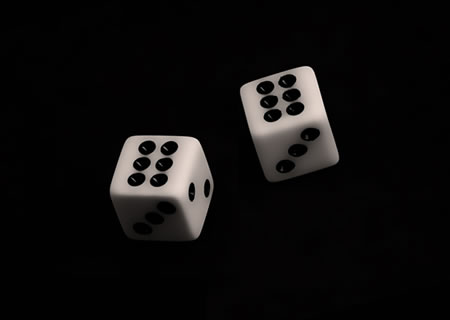- Roll 7 times. You can choose to take ones or tens for each roll. The goal is to get as close to 100 as you can without going over.
- A sum of 100 exactly is a perfect game.
- The teacher draws a T-chart as the game board, and adds in the numbers from the rolls one at a time, deciding whether each digit will be count as that many tens or ones after each roll.
Example
Teacher: I’m going to roll 7 times. After each roll, I’m going to choose whether to count that number as a ten or a one. You do the same on your paper. We’ll see who can get closest to 100 without going over.
Teacher: My first roll is a 2. I’ll take 2 tens.
Teacher: My next roll is a 4. I’ll take 4 ones. You can take tens or ones on your own paper.
Teacher: Next roll is a 3. I think I’ll take 3 tens. Then a 5. I’ll take 5 ones. Then a 6. I’ll take 6 ones. Then a 1. I’ll take 1 ten. And then a 2. I’ll take 2 tens. Now I’ll add up my tens and ones. You do the same, and we’ll see who had the highest score.
Teacher: I have 8 tens in all, plus 15 ones. That’s the same as 9 tens and 5 ones, or 95.
[Note: this is an excellent score.]
Teacher: Who went over 100 and busted?
[Students raise their hands.]
Who got over 70 without busting? Over 80? Over 90? Did anyone beat 95?
[Teacher calls on students to explain their scores.]
Student: I put the 3 and the 5 in the tens column, and all the rest of the numbers as ones.
That gave me 95 too.
[optional followup question]
Teacher: What’s the best score you could have gotten if you rearranged the digits now?

